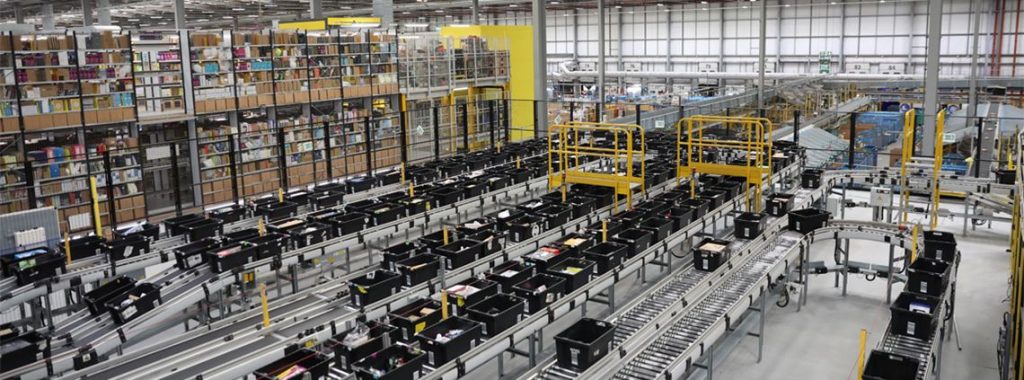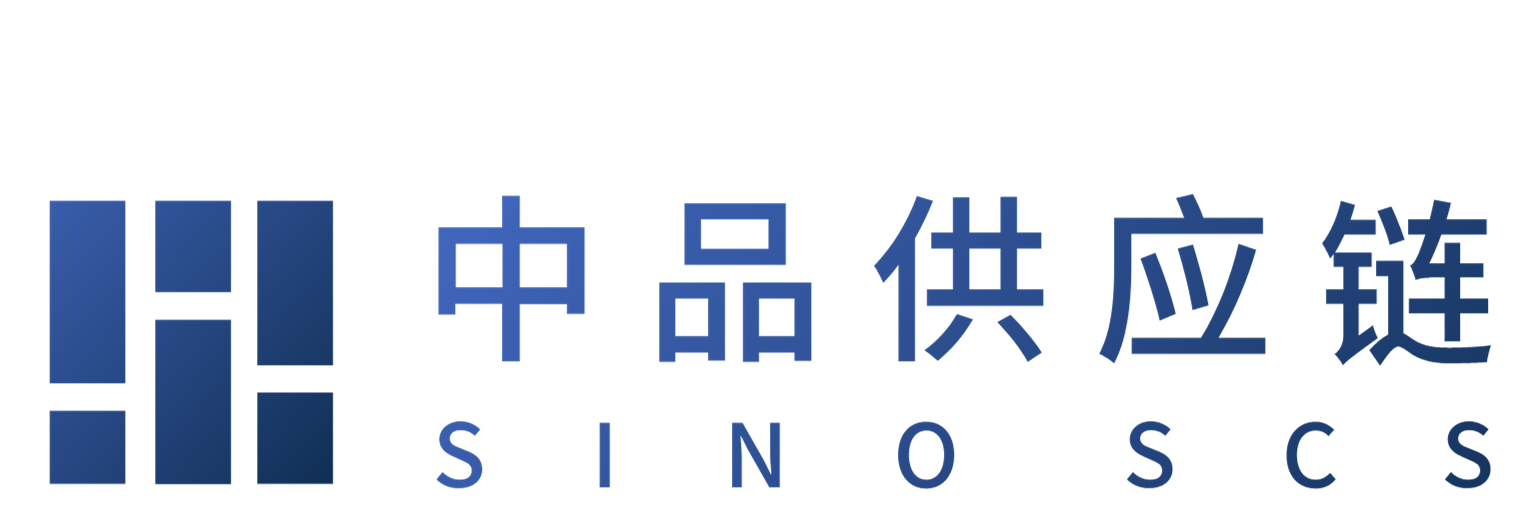How Amazon removed 6 million counterfeit products from its supply chain

Ecommerce giant Amazon has prevented six million counterfeit products from reaching customers by deploying rigourous transparency initiatives to its supply chain in 2022.
In close cooperation with law enforcement officials, Amazon’s own Counterfeit Crimes Unit (CCU) helped the company develop a counterfeit signal detection system. This system provided greater visibility of its upstream supply chain and thereby enabled the firm to identify more than 6m counterfeit products to be seized and disposed of.
Amazon said in its 2022 Brand protection report that disposal was necessary to prevent fraudulent goods being resold from anywhere in the supply chain.
Its product serialisation service – where sellers may attach unique badges to goods before shipping – can also increase transparency and offer reassurance. They can be checked at any stage “throughout the supply chain” to identify and log the movements of product units, and for customers to verify authenticity on receipt.
Serial badges have protected more than 900m product units across the supply chain, the report said.
The report explained the CCU “went upstream” to identify associated warehouses and distribution networks involved in fraudulent production and prevent items reaching fulfilment centres. Once a counterfeit product was identified, Amazon’s CCU cooperated with customs agencies and law enforcement to shut down the seller accounts, track down the manufacturers and seize counterfeit inventory.
The detection system allowed the company to disrupt counterfeiting activities including across suppliers, logistics providers, and fake invoice providers. The report said more than 1,300 criminals involved in counterfeiting had been pursued through litigation or legal referral in 2022.
Amazon said it has spent more than $1.2bn in total on efforts to prevent counterfeiting and fraud in its supply chains, which has contributed to a 35% reduction in product fraud violations from 2021 to 2022.
However, it added, more must to be done to prevent fake products entering supply chains, and urged for increased collaboration within the retail industry, as well as the importance of public-private partnerships to tackle the issue.
It further recommended more data sharing between retailers, logistics and transportation providers, and payment processors. Sharing details of best practice in detecting signals, details of known bad actors, and counterfeiting identifiers would benefit the entire industry, the report said.
In 2021, the Customs and Border Protection and the US Chamber of Commerce launched a joint initiative to prevent the importation of counterfeit goods.The two signed a memorandum of understanding to enhance the exchange of information concerning known or suspected intellectual property rights violations.

